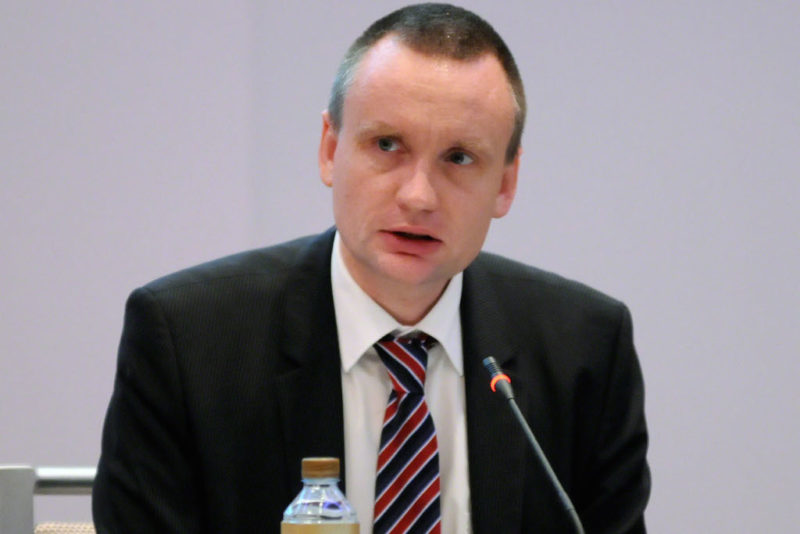Ahead of the G20 meeting which starts in Hamburg, Germany at the end of the week, the International Renewable Energy Agency (IRENA) has published a report showing that clean energy could achieve 90% of the energy-related CO emission reductions required to meet the central goals of the Paris Climate Change Agreement.

Nations agreed in Paris in 2015 to limit the global average temperature rise to as close as possible to a maximum 2 degrees Celsius. This requires reducing energy-related carbon dioxide emissions by more than 70 per cent by 2050 compared to 2015 levels, which can only be achieved with the massive deployment of renewable forms of energy such as wind, solar and hydro, combined with energy efficiency.
IRENA says that further technological breakthroughs and new business models are needed to fulfil this potential. The study seeks to identify priorities for innovation that will enable the decarbonisation of the energy sector.
Based on the current status and future needs for low-carbon technologies in 13 distinct sectors, renewables could account for two-thirds of primary energy supply in 2050, up from just 16 per cent today, says IRENA. But this means the growth rate of the share of renewables in total final energy consumption needs to rise seven-fold and be sustained until 2050.
“Renewable energy innovation is starting to really change gears,” says Dolf Gielen, Director of the IRENA Innovation and Technology Centre. “As more and more technologies become cost effective, there is now a shift of attention from technology innovation, towards business-model innovation, innovation in markets and regulation, and innovation in financing. The combination of all of these innovations together is creating a great momentum, and we are going to see a lot of pleasant surprises in the coming years.”
